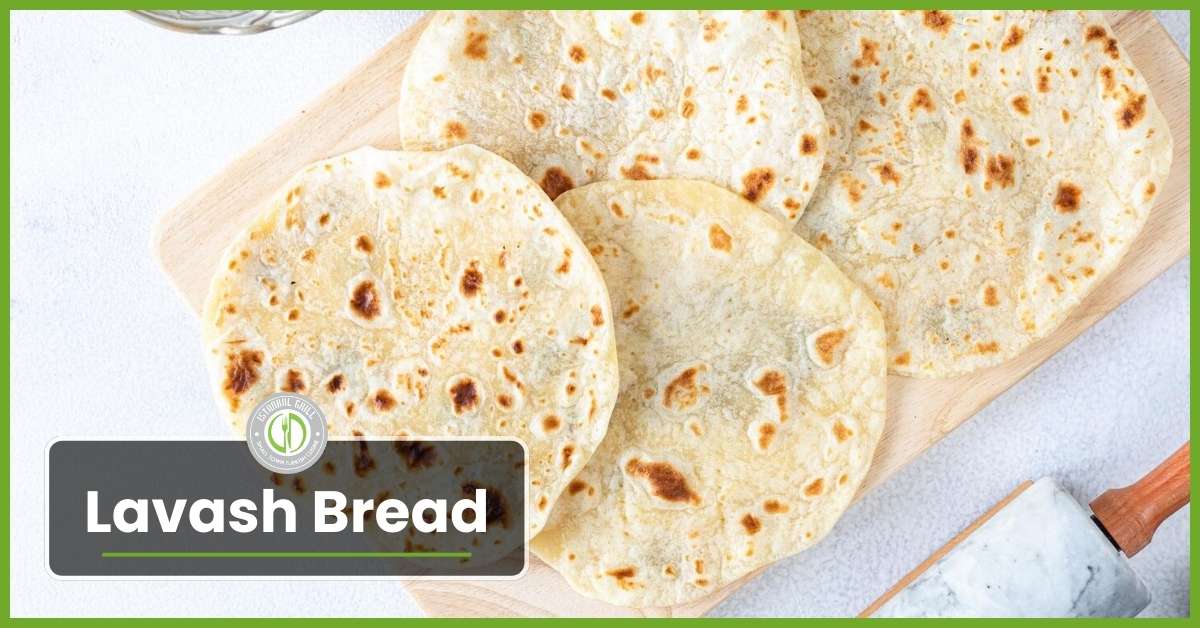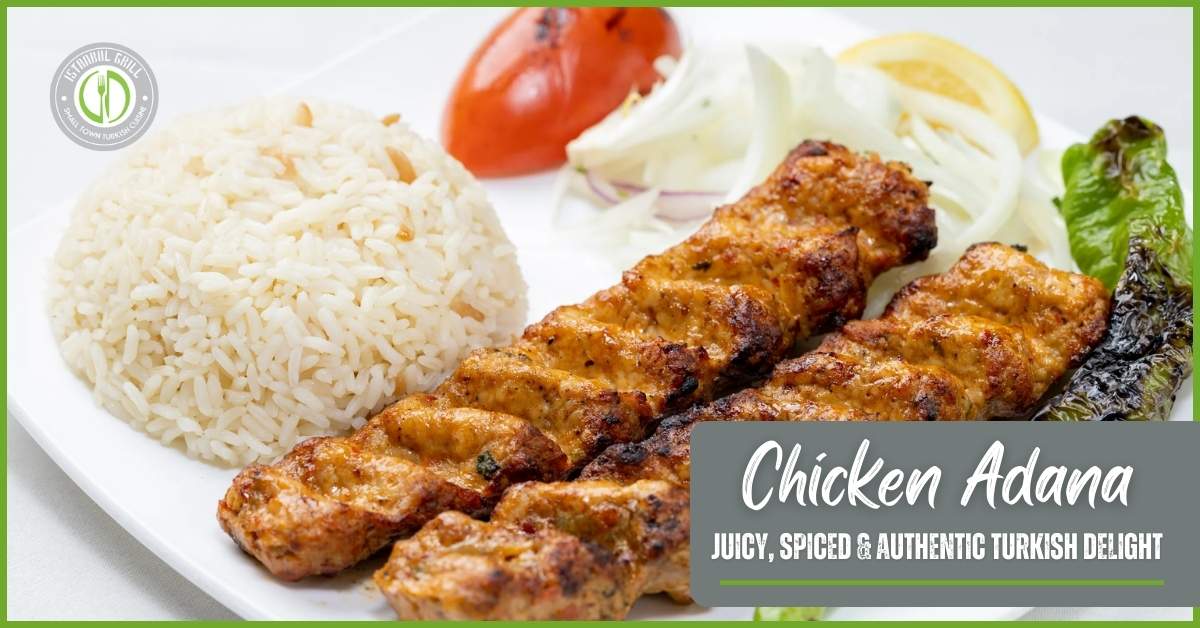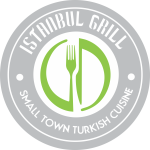Talking about the Turkish cuisine one has to mention that it is a storm of delicious flavors, diversions in the dishes, and the advantaged smell. When it comes to the list of the popular dishes of Turkish cuisine, kebabs take a special position. Thus, it is not only about food but also about the Turkish traditions and people. Starting from the sea of people in Istanbul life and finishing with the calm of Anatolian villages. Kebabs are always around and each of them has a different flavor to try. Tackling the different kinds of kebabs, it carefully examines how the Turkish kebab came into existence. The different types, and why they cannot be missed in any tour to Turkey.
History of Turkish Kebabs
Origins of Kebabs
The term kebab can be said to have been derived from the word Kabāb which is from the Arabic language and is translated to mean roasted meat. Grilling is a method to cook meats. Originated far back cooking techniques from the medieval Persian kitchens and the nomadic groups of the Middle East. However, kebab is a relatively new entry compared to the traditional roasted meats which were perfected by the Turks who were short-plucked nomad people.
Development of Kebabs in Turkish Food
In this way, as the Ottoman state expanded, various culinary experiences were added to the kebab menu. This has seen spices, techniques, and regions bring out the several kebab types that differ either in taste or the method of preparation.
Popular Types of Turkish Kebabs
Adana Kebab
This is a kebab dish that emanates from the city of Adana. The typical ingredients include minced lamb and spices, and it is prepared on metal skewers. Adana Kebab is highly preferred by those who like spicy food due to its intense charring-like taste.
Urfa Kebab
Like Adana Kebab but not as spicy, the Urfa Kebab is named after the city Şanlıurfa. It is spiced with a combination of spices and innards with a relatively balanced flavor although very spicy.
Shish Kebab
Among all the types of kebab, Shish Kebab is probably the most famous all over the world. Being one of the most ancient forms of meat preparation it consists of chunks of marinated meat, which can be lamb or chicken in general with the help of the skewer and grill.
Doner Kebab
The Doner Kebab is traditionally cooked in a vertical rotisserie which creates layers of the seasoned meat piled one on top of the other and roasted slowly. It is normally consumed in a pita or flatbread with vegetables and dips, hence a common street fare.
Iskender Kebab
Iskender Kebab is Iskender Efendi’s creation with crispy pita bread topped with thinly shaved meats from the doner. It followed with a generous pour of hot tomato sauce and melted butter, gulped down with a spoonful of yogurt.
Regional Variations of Kebabs
Southeastern Turkey
The kebabs in the southeastern region are especially flavored with Middle Eastern spices and cooked with Middle Eastern methods. Lamb and the employment of rich and aromatic spices are also discoverable; though not regularly but periodically it is observance.
Western Turkey
The kebabs in Western Turkey are somewhat different from those kebabs presented by Arab countries, they use olive oil as well as fresh herbs and vegetables.
Coastal Regions
The coastal provinces bring seafood to the kebab combination and fish and shrimp kebab familiarize people in the regions with sea views. Ingredients and Techniques.
Essential Ingredients of Kebab
The constituents of kebab are the cornerstone of kebab, no matter what type of kebab is being prepared or what type of kebab restaurant is being run. It calls for a selection of very fresh meat, the use of the right spices, and the quality aroma of the herbs. Meat spices are Paprika powder, cumin, and sumac while herbs such as fresh parsley and mint enhance the meal flavor.
Cooking Methods
Kebabs were originally roasted on an embers rack for baking either on a grill or on a skewer. This method provides the necessary smokiness that is so essential for the kebab taste.
The Art of Marination
Flavouring is a very important process in the preparation and the marination process ensures that the required flavors are imparted to the meat. Margarines that are conventionally used in this style of preparation call for yogurt, lemon juice, garlic, and the use of spices. The acidic components in the marinade act to soften the muscle fibers while the spices give more flavor to the preparation.
Modern Twists
Current kitchen practices involve using different solutions that are not traditionally used in kebabs including pomegranate molasses, soy sauce, and even honey to prepare marinades that are different from traditional ones.
Serving and Presentation of Kebab
Traditional Accompaniments
When it comes to kebabs, one is always accompanied by side orders. Fresh salads, rice pilaf, and other kinds of breads such as Lavash and pita are some of the side dishes eaten. Vegetables picked in vinegar enhance the appearance of the plate and grilled cheese tomatoes and peppers also contribute taste to the dish.
Modern Serving Styles
Modern kebabs do look appetizing, held and served with maximum emphasis. Kebabs in some of the gourmet restaurants may be accompanied by contemporary items like quinoa salad or sauces that contain truffles among others presenting a traditional food with a modern touch.
Possible Health Implications of Turkish Kebabs
Nutritional Value
As long as it is made from lean meat and fresh vegetables, then Turkish kebabs are rich in proteins, vitamins as well as minerals. This process of grilling enables the nutrients to be retained while at the same time reducing the fat content.
Balanced Diet
When taken with raw vegetables and whole grain, kebabs can form part of a healthy diet hence it is considered wholesome. Grilled chicken kebabs, especially those from Turkey mixed grill and mixed kebabs İskender consist of tender meat and are huge.
How to Prepare Turkish Kebabs at Home
Simple Recipes
The homemade kebabs would certainly be a great idea to undertake. It is easy to cook simple recipes that use readily available ingredients. And bring the flavor of Turkey into your home. You can start with simple shish kebabs or you can go along with a doner kebab if you have a rotisserie accessory.
Tips for Perfect Kebabs
Maronade your meat properly and grill at the right temperature. Such an arrangement of food on the barbecue aids in uniform cooking while brushing the kebabs with the marinade while grilling retains the moisture on the food.
Pairing Kebabs with Beverages
Traditional Drinks
Ayran is another local drink based on yogurt; it can be accompanied by kebabs. The fact that I have taken a glass of ice-cold milk has a cool and tangy taste. Which in a way brings a balance to the spiced-up meal.
Modern Pairings
As for a modern setting, kebabs can be munched with beer or light wine. The right beverage will simply add to the vibe of eating being enhanced, by the kebabs meaning that the correct drink is crucial.
Conclusion
Discovering the Turkish kebabs is indeed a discovery of the Turkish heritage and their foods. The transformation of kebab from the spicy Adana to the creamy. Iskender is the story of tradition turned into innovation with equal emphasis on both taste and culinary history. Kept simple to replicate in your kitchen or indulge in a street stall in the historic city of Istanbul. Turkish kebabs are meals that one can never be bored.






